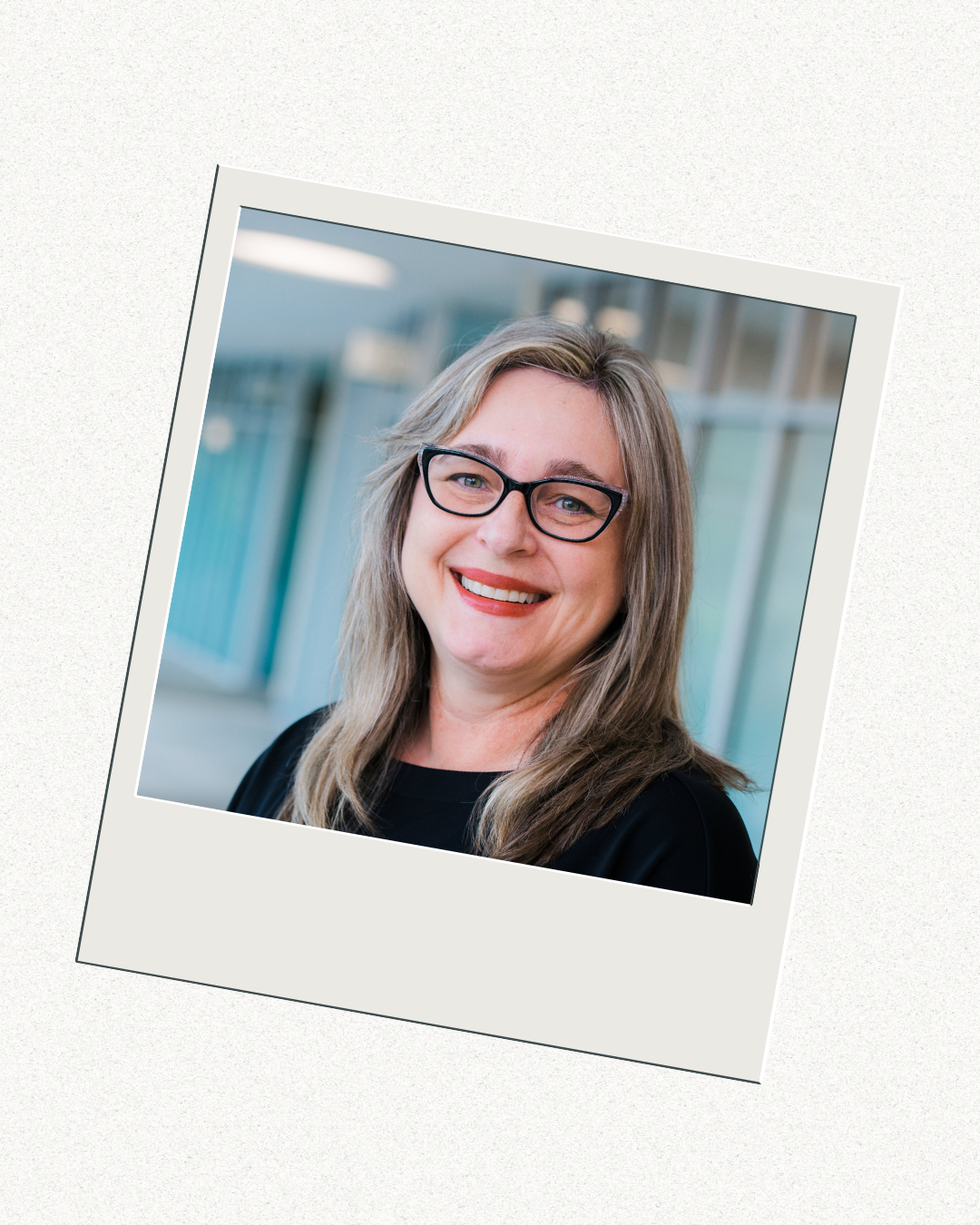The Role of the Interpretation Guide in the Self-Study: CSWE Accreditation
Editor’s note: Melissa Freedman, MSW, is a social work educator and consultant specializing in leadership, supervision, administration, and quality management and assurance. In this blog post, she shares an overview of the interpretation guide to write a self-study for social work accreditation by the Council on Social Work Education (CSWE). I found using CSWE’s interpretation guide both useful and overwhelming at the same time, and the tips that Melissa shares in this post helped break down the guide for me. She can be reached via email at freedman121@comcast.net.
As a social work program navigating the accreditation process, this blog post assumes you have created a work plan, identified your core accreditation team members and their roles, assigned writing responsibilities to these team members and/or other key individuals, and started to develop an internal timeline for task completion. If you are still contemplating how to start the self-study process or have not yet addressed all key planning steps, you may read the Five Steps to Planning your Social Work Program’s Self-Study: CSWE Accreditation the first blog post in this series on CSWE Accreditation.
Before social work programs begin writing their self-study(ies), I vehemently encourage them to follow a few recommendations. First, to actively use the interpretation guide. Second, TO ACTIVELY USE THE INTERPRETATION GUIDE!
What is the interpretation guide? CSWE identifies it as the “official companion document” to Educational Policy and Accreditation Standards (EPAS). Currently, there are two versions of the guide available: one for social work programs seeking accreditation under the 2015 EPAS and another for programs seeking accreditation under the 2022 EPAS. Here are the links to the most recent version of each guide:
For this post, the 2022 EPAS interpretation guide will be used.
The interpretation guide is comprised of the following:
Introduction: In this section programs will find an overview of the guide, its purpose, a brief explanation about how to use the guide, and some notes concerning implementation and a summary of general expectations.
Educational Policies (EP): These are the five major program design elements that serve as the competency-based framework in social work education. Following the order of EPAS, the policies are:
- Educational Policy 1.0 — Program Mission and Goals
- Educational Policy 2.0 — Anti-Racism, Diversity, Equity, and Inclusion (ADEI)
- Educational Policy 3.1 — Generalist Practice
- Educational Policy M3.2 — Specialized Practice (Master’s programs only)
- Educational Policy 4.1 — Student Development
- Educational Policy 5.0 — Assessment
Accreditation Standards (AS): These are linked to the educational policies and specify the requirements that social work programs must abide by to achieve and maintain accreditation. Accreditation standard numbers that start with a “B” only apply to baccalaureate programs while accreditation standard numbers that start with an “M” only apply to master’s programs. Those without a B or M apply to both baccalaureate and master’s programs.
Compliance Statements: These are the discrete items that programs must demonstrate compliance with as related to the accreditation standards. These compliance statements are used by the Board of Accreditation (BOA), formerly the Commission on Accreditation (COA), to determine whether programs meet the accreditation standards.
Together, I think of the accreditation standards and the compliance statements as the “what” that must be met by the social work program. The “what” required may be a program’s policy, a specific faculty-to-student ratio, field instructor qualifications, a named person as the program director, a budget, or a course syllabus.
BOA Interpretations & Writing Checklist: Candidly, if you choose to not read and/or utilize the full interpretation guide (by the way, you absolutely should use the entire interpretation guide), at least read this column. I cannot encourage you enough to follow the content of this section closely and meticulously when writing a self-study. In my work with social work programs, I refer to this section of the interpretation guide as the “hard and fast” rules. Such a description has helped to communicate to programs the significant importance of the BOA’s guidance in how to best answer each of the compliance statements.
I consider the interpretations and writing checklist the “how” required of social work programs, meaning clear evidence, calculation, description, rationale, analysis, or explanation is required. The “how” is the field education program presenting specific examples of competency-based generalist practice opportunities with each of the five system levels in field settings. It is a program describing its process for evaluating applications for admission and how applicants are notified of decisions. It is also the copying and pasting of a program’s termination policies and explaining how these policies are communicated to students and stakeholders.
Definitions & Tips: After the interpretations & writing checklist, I see this section as the second most important one for programs to use. Here programs will find guidance and additional explanations that include but are not limited to:
- definitions and links to terms in the glossary;
- prompts for how to answer the compliance statements (e.g., who, what, when, and how questions to organize responses);
- examples of required information (e.g., professional advising activities);
- linkages between accreditation standards and how responses are connected in some cases, resulting in possible cascading effects of citations;
- suggestions for formatting; and
- what CSWE does not address (e.g., number of credit hours for a degree).
For programs in candidacy, this portion of the guide also identifies what will be reviewed at the benchmarks.
Glossary: In this section, programs will find a list of terms and definitions and the related accreditation standards for each term. Do review and be familiar with this section also – it should not be viewed as less important. For example, Post-Social Work Degree Practice Experience is included in the glossary and provides guidance about which employment or other experiences may be counted as the two years of post-degree social work services rendered to individuals, families, groups, organizations, or communities.
It is important to note that CSWE may periodically update the interpretation guide after each BOA meeting (these meetings occur in February, June, and October) and/or at other times when it has been deemed necessary. All updates, or clarifications as CSWE refers to them, are effective immediately when an updated interpretation guide is published – programs need to follow the latest version of the guide. As an example of how an updated guide may impact a program, let’s assume a baccalaureate program must submit its self-study by August 1, 2024. In February of 2024, the BOA meets and decides that additional clarifications are necessary in the interpretation guide. The updated guide is published on March 20, 2024. The social work program, well into its self-study process, will need to closely examine the updated version of the interpretation guide and decide whether it needs to edit or rework any responses to the compliance statements based on the most recent clarifications.
As a general practice, I encourage programs, at minimum, to check CSWE’s webpages and the 2022 EPAS toolkit for any updates about a month after each of the BOA meetings. While this is not a firm rule, it is a way to build additional practices into your preparation to ensure you have access to and are using the most current information. Simply, do visit CSWE’s accreditation webpages often.
In summary, be exceptionally familiar with the interpretation guide. Communicate the importance of this document to all members of your accreditation team and other faculty and staff. Refer to it during all phases of your self-study. Consider it to be an absolute necessity for success. And as always, if you have questions about how to address a particular standard or how to organize responses after consulting the interpretation guide, contact your accreditation specialist.
Also, I would be interested in knowing if anyone has used the CSWE Interpretation Guide. If so, what was your experience with it? Please leave a comment below.
How to cite this post:
Freedman, M. (2023, October 24). The Role of the Interpretation Guide in the Self-Study: CSWE Accreditation. Teaching and Learning in Social Work Blog. https://laureliversonhitchcock.org/2023/10/24/the-role-of-the-interpretation-guide-in-the-self-study-cswe-accreditation/




